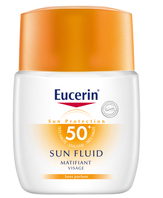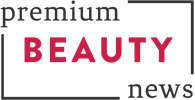A picture of sunscreen protection
Using an infrared imaging spectrometer, Beiersdorf’s Research and Development Department says it has succeeded in making the applied amount of sunscreen and therefore also the intensity of UV protection visible.
Actually, the Fourier Transform Infrared Imaging Spectroscopy (FT-IR Imaging Spectroscopy) used by the team offers the possibility of combining together and representing chemical and spatial information. “The colour scale of the pictures goes from green to yellow to red in which green represents enough and red too little applied UVA and UVB filters. The results of our studies have made clear that consumers only use between a quarter and a third of the required amount of sunscreen and that an amount of 2 milligrams per centimetre squared has the optimal effect on the skin. For an adult this means about seven to eight teaspoons for the whole body,” explains Dr. Elke Grotheer from Beiersdorf’s department for Product Analytics.
Consumer education
Beiersdorf researchers used this visual method to picture the protection offered by the Eucerin line of sunscreen products. Three sunscreen products of the range were tested. “In all three products tested the scale showed a nearly complete green colour with 2 mg of sunscreen per square centimetre of skin,” says Dr. Simone Presto from Beiersdorf’s Medical Affairs department.

In a further test the subjects wore the amount of sunscreen that they themselves would normally use. “Here the average amount of sunscreen was between 0.5 and 1 mg per square centimetre and at that level, significantly lower than what is recommended for optimal skin protection.”
According to Beiersdorf’s research team, the FT IR Imaging Spectrometer could be helpful for advising and explaining to consumers what quantity of sunscreen is required for effective UV protection. “In order to convince consumers that in the future they need to use more sunscreen than they normally do now, we need visual and persuasive forms of information.”




























